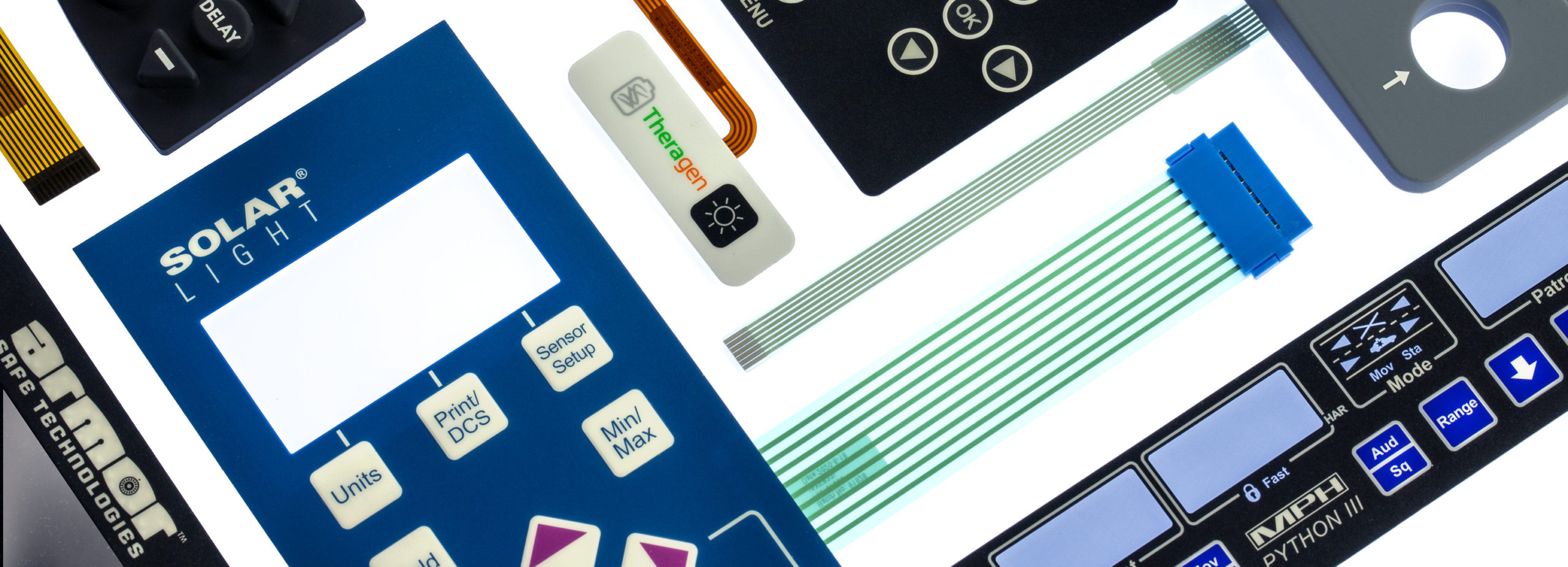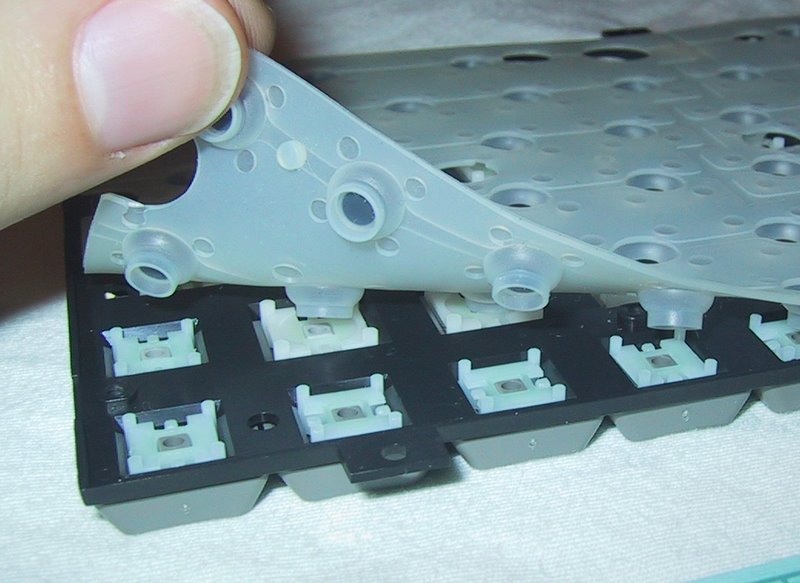Membrane Layer Switch Technology: The Key to Dependable and Cost-Effective Interfaces
Membrane button innovation has emerged as a pivotal part in the layout of individual interfaces, providing both reliability and cost-effectiveness across a diverse range of applications. As we explore the diverse benefits of membrane layer buttons, their potential for advancement raises concerns regarding future applications and advancing fads.
Recognizing Membrane Layer Switch Over Modern Technology
Membrane layer switch innovation is an extensively used user interface option in numerous electronic devices, supplying a seamless mix of functionality and style. This innovation includes several layers of products, normally including a graphic overlay, spacer layer, and a circuit layer. The graphic overlay displays the user interface elements, while the spacer layer separates the circuit layer from the overlay till an individual turns on a button.
When pressure is put on the overlay, the circuit layer completes the electric circuit, sending a signal to the tool. This device enables numerous configurations, consisting of tactile feedback and backlighting choices, improving user communication. Membrane layer buttons are normally made using long lasting products such as polyester or polycarbonate, guaranteeing durability and resistance to ecological factors like wetness and dirt.
The convenience of membrane switches enables their application in diverse markets, consisting of clinical tools, customer electronics, and industrial controls. Their small layout enables integration into space-constrained atmospheres, supplying a reliable customer interface without compromising aesthetic charm. Comprehending the intricacies of membrane switch innovation is crucial for manufacturers and designers seeking to create dependable and effective human-machine user interfaces.
Secret Benefits of Membrane Switches
While various interface options exist, membrane layer switches over deal unique advantages that make them a favored choice in many applications. Among the main benefits is their toughness; membrane layer switches are developed to withstand harsh environmental problems, including wetness, dust, and temperature fluctuations, making sure lasting efficiency. This strength substantially minimizes the need for regular substitutes, thus lowering total upkeep costs.

Additionally, membrane layer buttons are lightweight and small, making them ideal for applications where room is limited. Their low-profile layout contributes to a smooth look without endangering performance.
Cost-effectiveness is additionally a notable advantage, as the manufacturing procedure for membrane layer switches tends to be cheaper contrasted to typical mechanical buttons. This affordability, combined with their dependability read this article and simplicity of setup, settings membrane layer switches over as a sensible solution for a wide variety of industries seeking efficient and efficient individual interfaces.
Applications Across Different Industries
Just how do membrane layer switches adjust to the diverse needs of numerous markets? Membrane button innovation is increasingly identified for its adaptability, making it suitable for a vast array of applications throughout several sectors.
In customer electronics, membrane layer switches give a small solution for remotes and home appliances, boosting user experience via user-friendly layout. Furthermore, the commercial industry leverages membrane layer switches for equipment control panels, gaining from their resistance to harsh atmospheres, such as moisture and dust.
Army and aerospace applications likewise make use of membrane buttons for their integrity and capability to hold up against extreme problems, ensuring operational performance in vital scenarios. The food and drink sector adopts these switches for automated systems, where cleanliness and convenience of operation are critical (membrane switch). Inevitably, membrane layer switches are tailored to satisfy the one-of-a-kind demands of each market, proving their vital duty in modern-day technology interfaces
Design and Personalization Choices

In the realm of membrane switch technology, style and personalization choices play a critical function in boosting capability and customer communication. These buttons can be customized to satisfy certain operational requirements and aesthetic choices, making them functional parts in different applications.
One of the main customization options is the format of the button itself, which can be created to fit distinct interface and ergonomic considerations. By readjusting the form, size, and arrangement of switches, suppliers can produce user-friendly designs that promote convenience of use. Additionally, the unification of various colors and graphic overlays enables for branding and boosted presence, guaranteeing that customers can quickly determine functions.
Moreover, membrane layer switches can be crafted with different tactile responses systems, such Look At This as raised switches or audible clicks, to boost the individual experience. Various materials can additionally be chosen for sturdiness and environmental resistance, resolving elements such as moisture, temperature level fluctuations, and chemical direct exposure.
Ultimately, the considerable style and customization alternatives offered in membrane layer switch modern technology equip organizations to produce tailored options that not only fulfill practical requirements yet likewise line up with their branding and operational needs.

Future Fads in Membrane Layer Switches
As membrane button technology remains to develop, future patterns are increasingly concentrated on improving customer experience and integrating innovative performances. One substantial trend published here is the combination of touch-sensitive and capacitive modern technologies into standard membrane layer switches. This advancement permits more intuitive user interfaces, offering responsive responses while keeping a streamlined design.
Another emerging trend is using eco-friendly materials, driven by the growing demand for sustainable manufacturing methods. Makers are looking for to minimize their carbon impact by using recyclable substratums and low-impact inks, lining up with worldwide sustainability goals.
Additionally, the increase of the Web of Things (IoT) is prompting the incorporation of smart features right into membrane layer buttons. Improved connection choices will make it possible for gadgets to connect with each various other, enabling seamless assimilation right into broader systems.
In addition, advancements in printing technologies, such as electronic printing, are permitting better style flexibility and customization. This enables suppliers to generate complex designs and vibrant shades cost-effectively.

Final Thought
In verdict, membrane switch modern technology represents a crucial technology in user interface style, offering significant benefits in durability, personalization, and cost-effectiveness. As innovations continue to emerge, especially in touch-sensitive user interfaces and lasting materials, the potential for membrane switches over to enhance user experience and performance continues to be appealing.